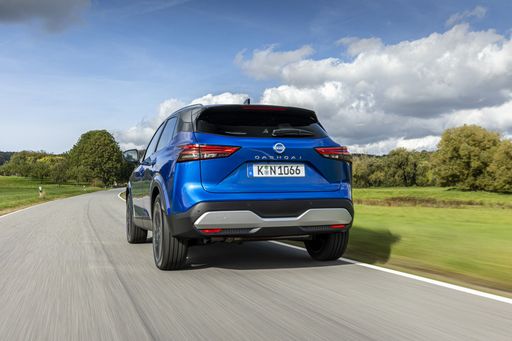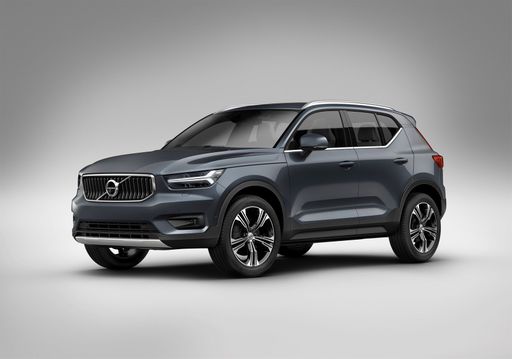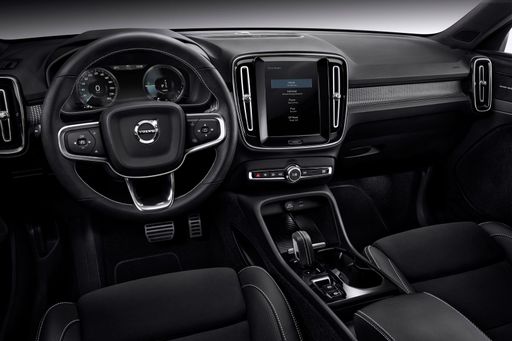Streetwise Personality
The Qashqai plays the pragmatic card with a confident, mass-appeal look that feels reassuringly familiar on suburban streets, while the XC40 leans into Scandinavian character with sharper lines and a sense of premium quirkiness. One reads as the sensible choice for buyers who want a modern, functional compact crossover; the other makes a quiet fashion statement that will turn heads at the school run and the café. Both wear their identities well, but they speak to different tastes—one mainstream and unflashy, the other a touch more design-led and distinctive.










